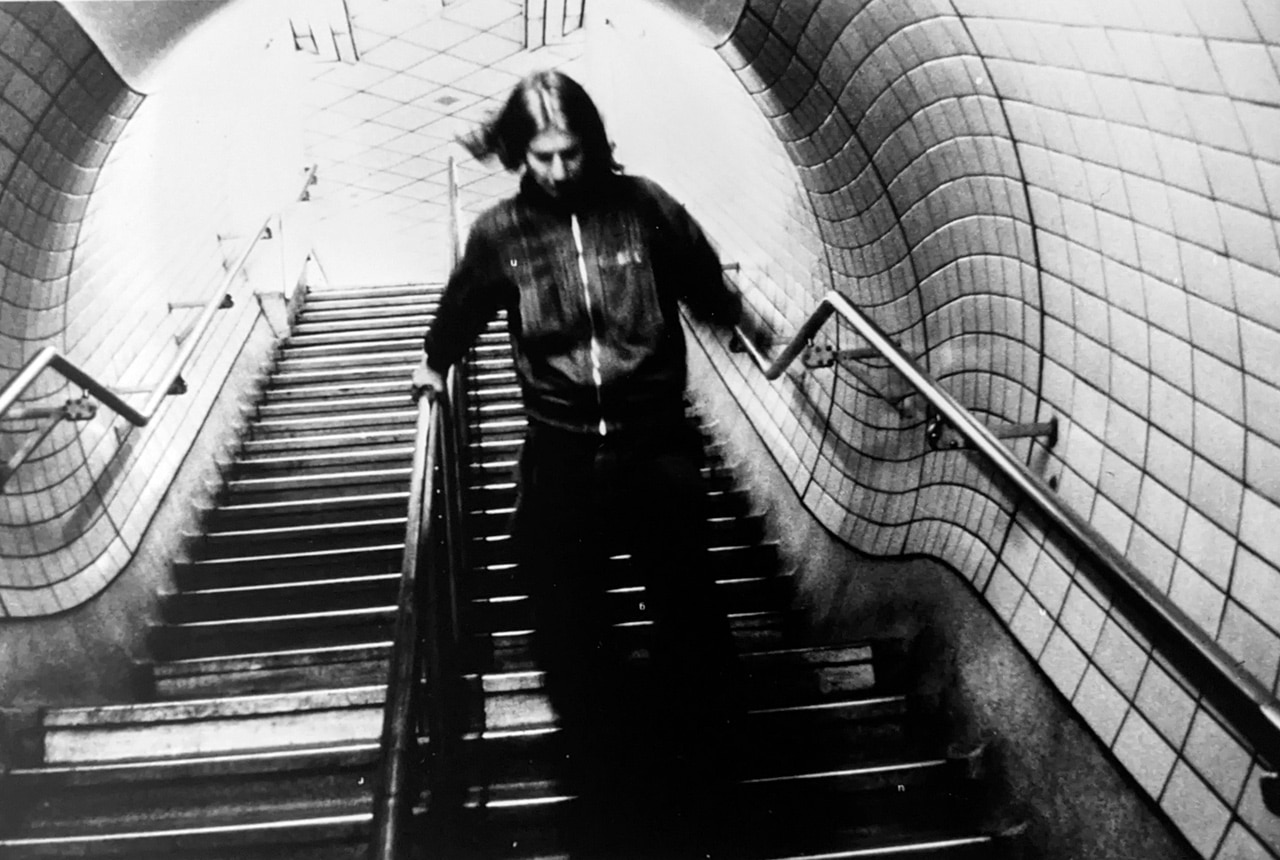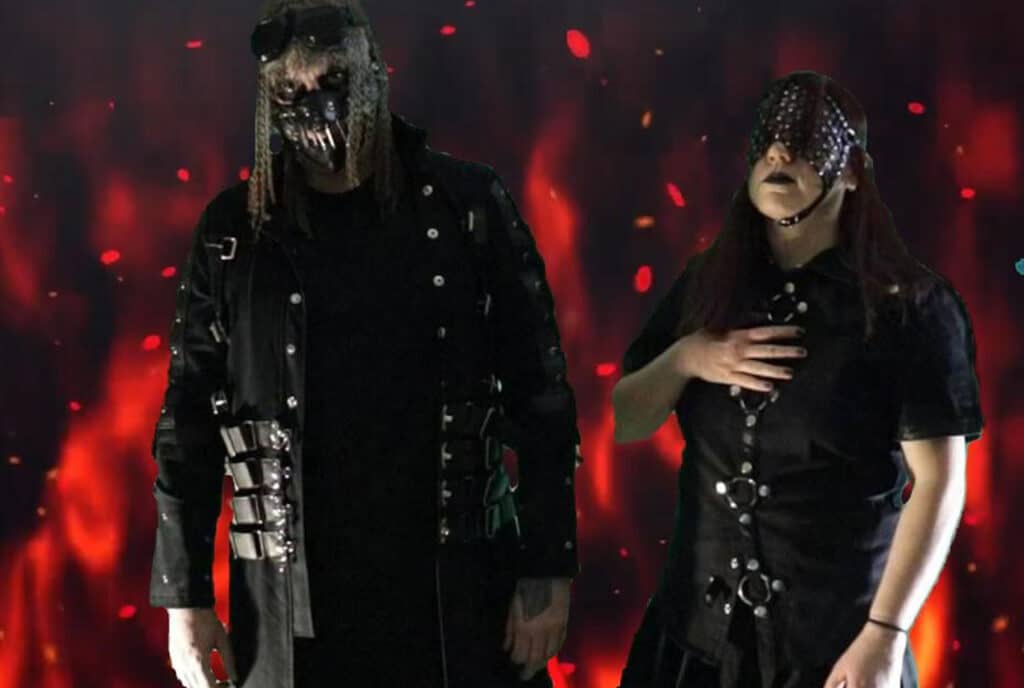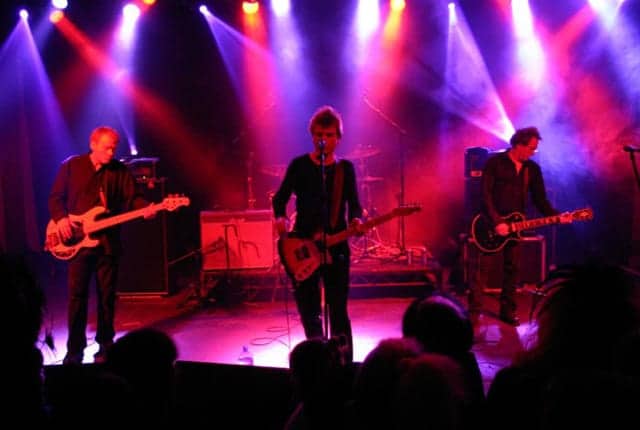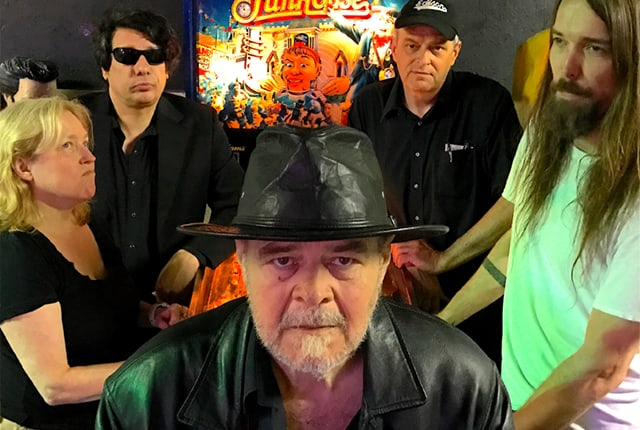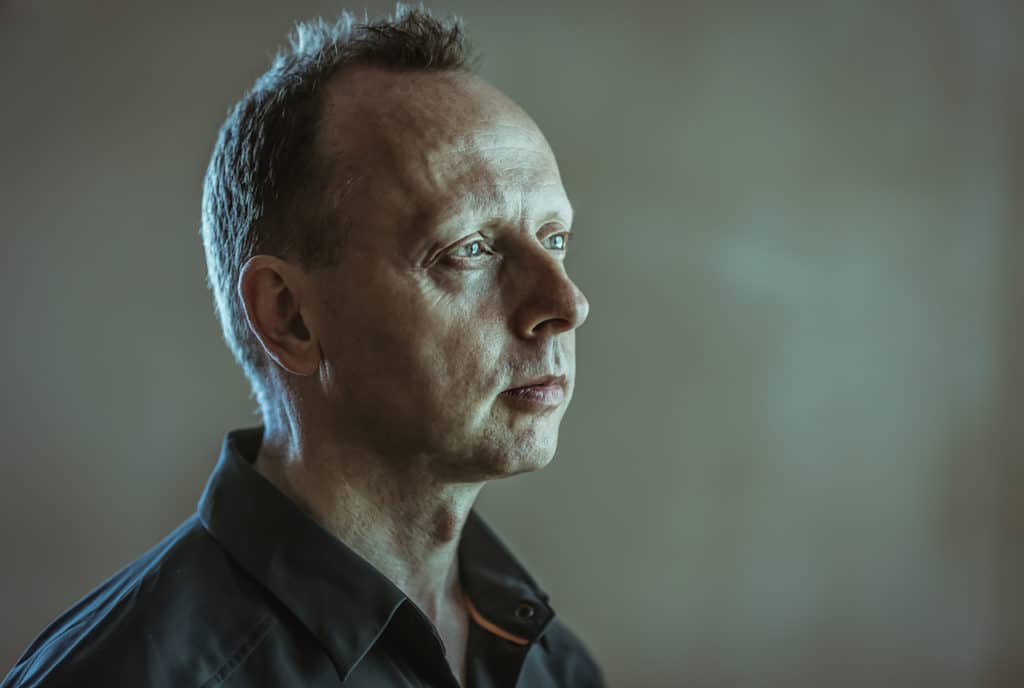By incorporating the sounds of homemade instruments into his brand of electronic dance music, Richard James has become the rave generation’s newest hero. The music James makes ranges from atmospheric ambient to intense hardcore techno, with the consistent thread being the unique, often eerie sounds created by his own musical gear. James stresses that he “is not an equipment snob” but rather someone who can take any piece of machinery and stretch it to its full noise-making potential.
James’ first record, released as Aphex Twin, was 1990’s “Analog Bubble Bath” ep. James is highly prolific and uses such aliases as Caustic Window and Polygon Window to get all his material out, but he says once a track is completed it loses all importance to him as he moves on to the next thing. He says that while Aphex Twin is commercially the biggest project, “they’re all the same to me.”
“Making records has just been a sort of by-product to allow me to make money so I don’t have to get a job and therefore have more time to make music,” he adds.
After “generally making noise” since he was very young, James started experimenting with treated piano at age 10 before getting into electronics at 11. James is completely self-taught and progressed from messing around with tape machines to customizing existing gear and eventually creating his own circuit boards from scratch.
“I’ve only ever wanted to teach myself anything,” says James. “I’ve always detested learning things from other people.”
James says that he currently has more than a studio’s worth of his own equipment and in the past 14 months has used only this gear. Before, he had been using a combination of his own machines, customized equipment and standard electronic instruments. James builds a wide variety of equipment, some of which simply makes noise and some of which is capable of being linked to other devices through triggers and voltage control. When asked to describe what his gear is like, James is very secretive and will not go into great detail about what it entails.
“Some of them don’t really look like anything else apart from boxes with knobs on them,” explains James. “Some maybe look like normal keyboards but with all my things inside. I’m not into carpentry and stuff so I use existing shells of other keyboards sometimes, and other times just build them from scratch.”
James sees no limits in the potential of his homemade equipment and says that the only thing holding him back is a lack of time to make all of his ideas a reality.
“I’ve sort of thought about talking with manufacturers to get things made, but then other people get to use them as well, so it’s a dead-end avenue, really,” he says. “I’ve got loads of offers to design other people’s stuff, but I’ve turned them all down”
The home-made equipment is too fragile to take on the road, so James uses a more traditional set up for his live shows. James has only toured America once, as part of the “See The Light” tour initiated by NYC club promoters NASA (Nocturnal Audio Sensory Awakening). Sharing the bill with Moby, Orbital, and Vapour Space, James went to the extreme in not wanting the audience to just stand there and stare at him. Sitting on the floor in the corner of the stage, James was hidden even more by his computer monitor in front of him. A dancer provided the only visual angle to the performance, which was about as far away from a traditional “concert” environment as you can get.
But the huge amount of material James has recorded means that he can avoid doing the same set night after night, as he feels he would get too bored otherwise.
“For each set, I usually have about 35 or 40 tracks,” he says. “It could be a minimum of about 25, or a maximum of about 45. It’s just like having a small box of records where you can structure every record and determine its speed in the mix.”
